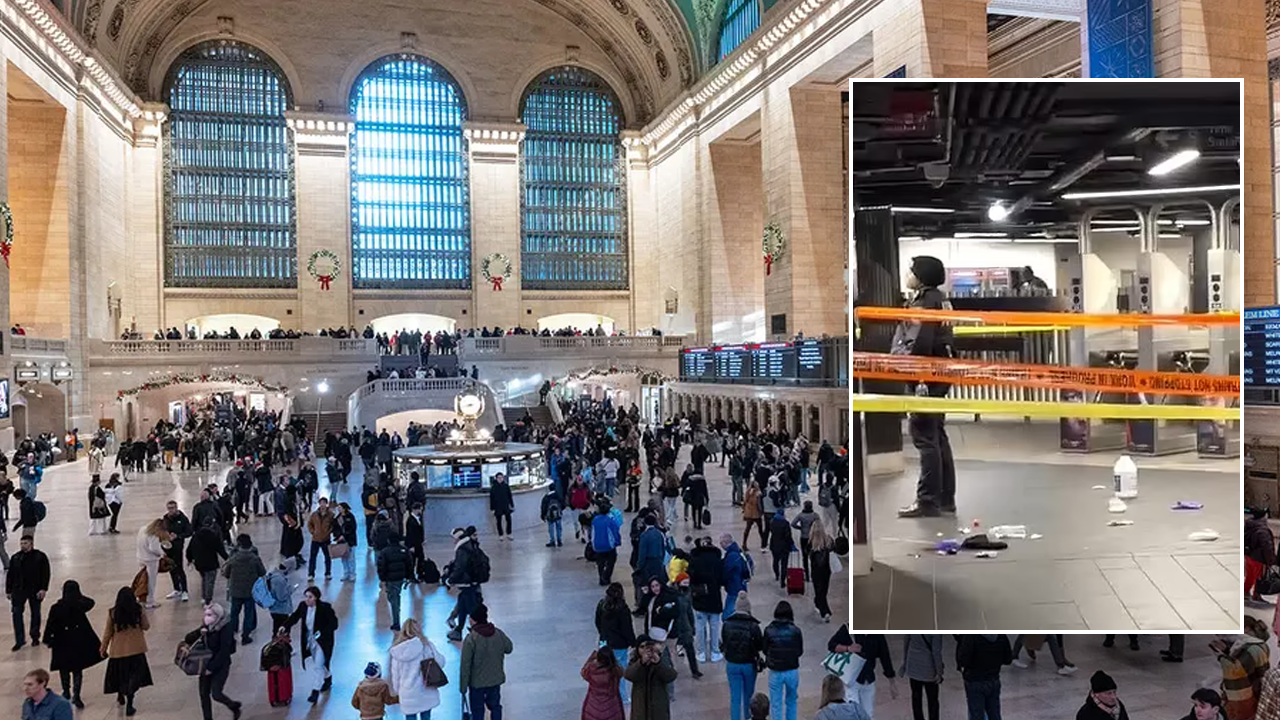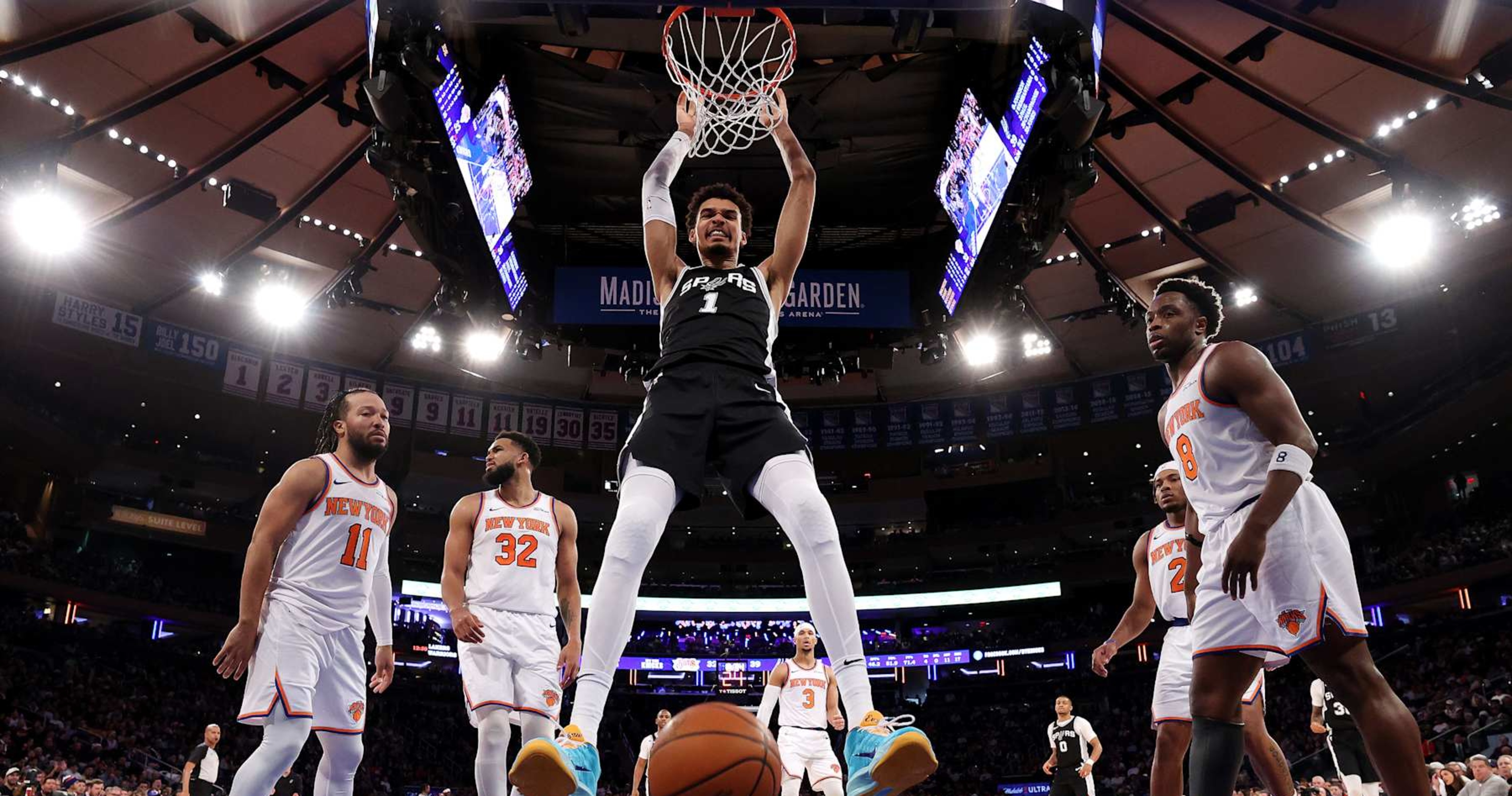NBA
The night the expansion Suns played the Lakers in Flagstaff and Wilt Chamberlain changed a flat tire

Su Fox stood in Coconino High School in Flagstaff, Ariz., looking at Wilt Chamberlain, the reigning NBA Most Valuable Player who was approaching his first season with the Los Angeles Lakers. Chamberlain was dressed in a manner fitting to the times. Standup collar. Rhinestone buttons. White boots.
The wife of a baseball coach, Fox was on hand to help. Having the expansion Phoenix Suns in Flagstaff, playing a star-studded Lakers team that also included Jerry West and Elgin Baylor, was a big deal. Fox wondered what Chamberlain, who died 25 years ago this October, thought as he entered the small gymnasium. Probably, “How in the world did I end up here?”
It was Oct. 2, 1968. In St. Louis, Bob Gibson and the Cardinals squared off against Denny McLain and the Detroit Tigers in Game 1 of the World Series. In Denver, Broncos coach Lou Saban announced that Marlin Briscoe would start Sunday’s AFL game against the Bengals, making Briscoe the first Black quarterback to start in the Super Bowl era.
A preseason basketball game in Flagstaff hardly registered, but it provided a glimpse of what the NBA, then a league of two divisions and 14 teams, was like six decades ago. The night started with the Suns and Lakers sharing a bus from the hotel to the gym. It ended with Chamberlain, riding back to Phoenix with injured Suns forward David Lattin, changing a tire off of Interstate 17, a moment hard to believe and a story seldom shared.
In a recent interview, Jerry Colangelo said he remembered little of this. The former Suns general manager, then only 28, mostly recalled the whirlwind associated with trying to get Phoenix ready for its first NBA season. The uniforms. The exhibition schedule, which, in addition to Flagstaff, included games in Mesa and Globe, Ariz. And most importantly, the awareness. Spreading word that the NBA was coming to the desert.
To prepare, Suns promotions director Paul Goebel gave 176 speeches in nine months. He’d come to work and get his speaking orders from secretary Ruthie Dryjanski. “You’re talking to this group over breakfast. You’re meeting this group for lunch. And this group for dinner.” Some groups thought Goebel had come to talk with them about a newspaper, The Sun. Goebel politely informed them, “No, we’re a professional basketball team.”
In August, Colangelo, Goebel and Suns coach Johnny “Red” Kerr had made the two-plus-hour drive north to check out Coconino High, which had opened a year earlier. They were photographed in the Flagstaff newspaper standing in the gym, all wearing white short-sleeved shirts with skinny ties. For the next six weeks, area newspapers advertised the upcoming exhibition, but it was clear not all had a firm grasp of pro basketball.
Come see the NBA stars, wrote one publication. “The Phoenix Suns vs. The Los Angeles Lopers.”
Many who played in Flagstaff that day have since died. Others are in their 80s and don’t remember much, if anything, about that night. Preseason exhibitions in high school gyms were not uncommon in those days. Memories fade with time.
Suns rookie Eddie Biedenbach recalled getting on the bus in Phoenix for the trip north and noticing the rest of the team had heavy coats. Given the warm weather in Phoenix, Biedenbach didn’t understand. He had no idea October temperatures in Flagstaff dropped into the 30s at night.
Gary Gregor, another Suns rookie, recalled thinking he had played in bigger gyms as a high school player in West Virginia. He also was excited to play against West, a player he had admired growing up. And, of course, the chance to see Chamberlain up close. At the University of South Carolina, the 6-foot-7 Gregor had played against big men, but nothing quite like Chamberlain, who stood 7-1 and 275 pounds.
Suns guard Dick Snyder had first played against Chamberlain, then with the Philadelphia 76ers, during his rookie season a couple of years earlier. Snyder had been with the St. Louis Hawks, and one night after a slow start, coach Richie Guerin had sent him and fellow guard Tommy Kron into the game to pressure Philadelphia full court. As the Hawks prepared to shoot a free throw, Snyder lined up next to Chamberlain. He was stunned.
“Wilt’s upper arms were as big as my thighs,” Snyder said.
This was an interesting time for Chamberlain. Even though he had played nine seasons, the 32-year-old was still in his prime, winner of three consecutive MVP awards.
After the 1967-68 season, Chamberlain was in a unique position, a superstar with an expired contract. According to Robert Cherry’s biography, “Wilt: Larger Than Life,” the big man had asked the 76ers for three things: a $250,000 annual salary, a three-year contract and equity in the team.
Reports surfaced about Chamberlain possibly serving as player-coach, but it never materialized. On July 9, the 76ers traded Chamberlain to the Lakers in a four-player deal, which Chamberlain privately helped orchestrate. In the Los Angeles Times, sportswriter Jim Murray compared the Chamberlain-West-Baylor trio to an outfield of Willie Mays, Henry Aaron and Roberto Clemente. A superteam on paper.
In Flagstaff, it didn’t show. In a sloppy game, the Lakers defeated the Suns 107-88 in front of 2,100 fans. Chamberlain had 13 points and 11 rebounds. Baylor scored 16 points and West pitched in 11. Gail Goodrich and Dick Van Arsdale combined for 30 for the Suns, who had shot miserably.
Kerr, the Phoenix coach, tried to find a bright side. “Maybe I’m overly disappointed,” he said. “After all, this is the team (the Lakers) that’s supposed to win everything.”
Lattin had driven to Flagstaff alone. The Suns forward had broken his right hand days earlier in an exhibition against Seattle. Wearing a cast, Lattin watched the Lakers game from the Phoenix bench.
Approaching his second NBA season, Lattin had met Chamberlain at a summer event. They had talked about Lattin’s college days at Texas Western and how the Miners, with an all-Black starting five, had beaten Kentucky for the national title, a landmark day in sports. Lattin and Chamberlain had stayed in touch. After the exhibition in Flagstaff, they planned to hit the Playboy Club in Phoenix.
Chamberlain was not a fan of bus rides, so it was not unusual for him to seek alternate transportation. In fact, after the most famous game of his career, the night he scored 100 points against the New York Knicks in Hershey, Pa., Chamberlain had caught a ride back to New York — where he lived at the time — with three Knicks players.
In an interview with Bob Costas years later, the big man said he had dozed during the three-hour drive, waking up to hear the Knicks asking themselves how in the world they had let him score 100.
On the drive back to Phoenix, Lattin felt a rear tire blow. He pulled his green Cadillac Seville off the interstate and looked at Chamberlain. It was after 10 p.m. and cold. Lattin reminded Chamberlain of Lattin’s broken wrist. He couldn’t change the tire. Chamberlain, who had once worked for a tire company in college, got out of the car. He had been in this situation before.
In a 1965 news story, Haskell Cohen, the NBA’s former public relations director, recalled how he once had a flat tire with no jack to lift the car. Chamberlain came to the rescue.
“Wilt was only 17 then, but he started to lift the back of the car off the ground with his bare hands when I stopped him,” Cohen said. “I was afraid he was going to give himself a hernia.”
In his Chamberlain biography, Cherry wrote that during Chamberlain’s time with the Harlem Globetrotters, he’d lift the front and back ends of cars — just to amuse teammates.
In Arizona, there was no need for super strength, only patience. Lattin held a flashlight while the four-time MVP changed the tire. In a recent interview, Lattin said the Phoenix team bus drove past as Chamberlain worked, but it never slowed.
Later that night at the Playboy Club, Chamberlain and Lattin posed for a photo with a Playboy bunny. Lattin stood with his right arm stretched toward Chamberlain. On the left, Chamberlain held a pen and prepared to sign Lattin’s cast. Today, the photo hangs in Lattin’s house in Texas, the most memorable moment of an evening lost in time.
Wilt Chamberlain signs David Lattin’s cast at the Playboy Club in Phoenix, hours after their October 1968 exhibition game in Flagstaff, Ariz. (Courtesy of David Lattin)
The Lakers that season won the Western Division but lost to the Boston Celtics in the NBA Finals. Los Angeles didn’t win a title in either of the two playoffs that Chamberlain, West and Baylor played together.
“I’m not taking anything away from Baylor, West and Chamberlain,” said Mel Counts, who played on both of those Lakers teams. “They were the greatest players to ever play the game, but we didn’t win. You have these superstars — God rest their souls, they’re all gone — but we didn’t win championships.”
The Suns, who in following years held training camp in Flagstaff, finished their first season with the league’s worst record at 16-66. Over the years, Colangelo, who went on to become chief executive and chairman of the Suns, has been asked often about Chamberlain. He tells three stories with equal parts sincerity and humor.
The first took place in 1957. Colangelo had signed to play basketball at the University of Kansas, where he wanted to team with Chamberlain and win a national title. But not long after Colangelo’s arrival, Chamberlain told Colangelo that he was leaving school to join the Globetrotters. Without Chamberlain, Colangelo decided to leave Kansas as well, transferring to Illinois. When he informed coach Dick Harp of his plans, Harp called Colangelo a quitter and told him he would never make it in life.
The second took place in 1970, during Phoenix’s second season. Colangelo had taken over coaching duties after Kerr resigned midseason. The Suns finished strong and made the playoffs. In the first round, they took a 3-1 series lead over the Lakers, positioning themselves for a major upset. All they needed was one more win.
Instead, Chamberlain averaged 26 points, 22.3 rebounds and 6.7 assists and the Lakers won three consecutive games to advance. (Goebel, the former Suns promotions director, was working as a Phoenix high school coach at the time. The Lakers practiced in his gym, and Goebel recalls Los Angeles coach Joe Mullaney lining up his team against a wall, throwing a basketball inches above their heads, yelling, “ARE YOU GOING TO LOSE TO THE PHOENIX SUNS?!”
The third took place in 1972. In a game against the Suns in Phoenix, Chamberlain became the first NBA player to reach 30,000 career points. After the game, Colangelo had to present Chamberlain, a man who had abandoned him in college and tortured him in the pros, with the game ball during an on-court ceremony.
Unlike a preseason game in Flagstaff, some things are more difficult to forget.

GO DEEPER
NBA 75: At No. 6, Wilt Chamberlain made the impossible ordinary, setting records that might never be broken
(Top illustration: Dan Goldfarb / The Athletic; photos: Getty; Focus on Sport, Frank O’Brien / The Boston Globe)









